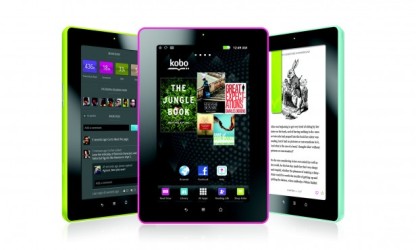Telecom Lead America: The cost of 7-inch tablet is unlikely to drop any lower than the current pricing mark, according to TrendForce.
Google and Amazon are able to resort to advertising costs and other means to make up for their tablets’ low prices. As a result, PC vendors who traditionally rely on hardware sales for profit will be in for some serious competition.
Given that the display panel and touch module both account for approximately 35~40 percent of a tablet’s total material cost, they are, naturally, major targets when it comes to controlling manufacturing costs. With the price drops associated with the 7-inch FFS panels halting due to production yield issues, 7-inch TN panels have now become one of the cheapest display alternatives available.
A new touch screen alternative currently gaining a lot of attention is the G/F/F solution. While G/F/F loses to the glass-based structures in terms of Transmittance and touch sensitivity, the G/F/F structure’s cost is about 70 percent cheaper than the latter’s. Through the replacement of TN panel and the G/F/F touch module, a tablet will be able to trim off an estimated $25 USD from the overall cost.
When it comes to minimizing memory component costs, commodity DRAM is perceived as an ideal option. Compared to 1GB mobile DRAM, which is around $10 USD, 1GB commodity DRAM costs only around $3.5 USD, approximately 65 percent less than its mobile counterpart.
Using low priced, $100 USD tablets as the basis of calculation, the proportion of production costs accounted by mobile and commodity DRAM translates directly into 10 percent and 3.5 percent, respectively. Given that the type of DRAM used affects only the standby time as far as user experience is concerned, in order to lower the cost of future tablets, more and more manufacturers are likely to turn to using commodity DRAM in the future, according to the report.
With regards to NAND Flash, as mainstream tablets tend to use the eMMC solution, eMMC pricing and densities have become two crucial factors that affect manufacturing cost. Given factors such as pricing and consumer expectations, the momentum of the 4GB eMMC is expected to continue into 2013.
In the CPU department, provided that the low-priced tablets utilize processor components from China-based manufacturers, Trendforce






